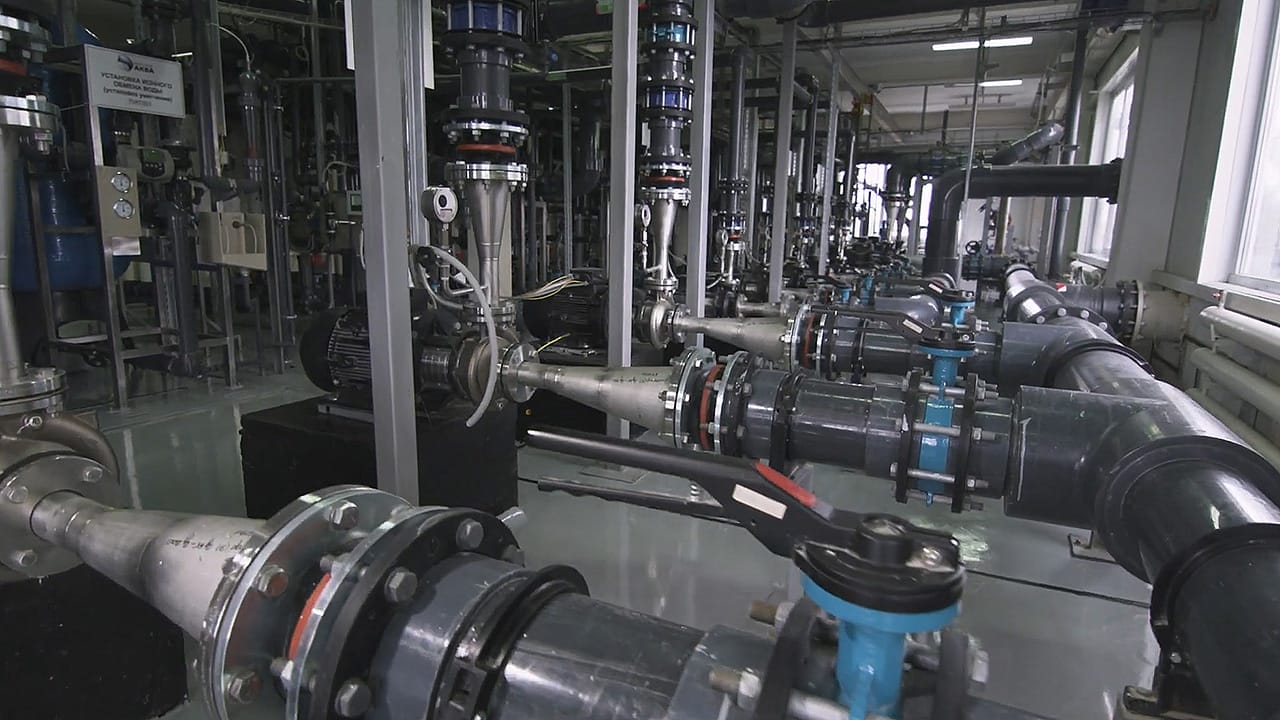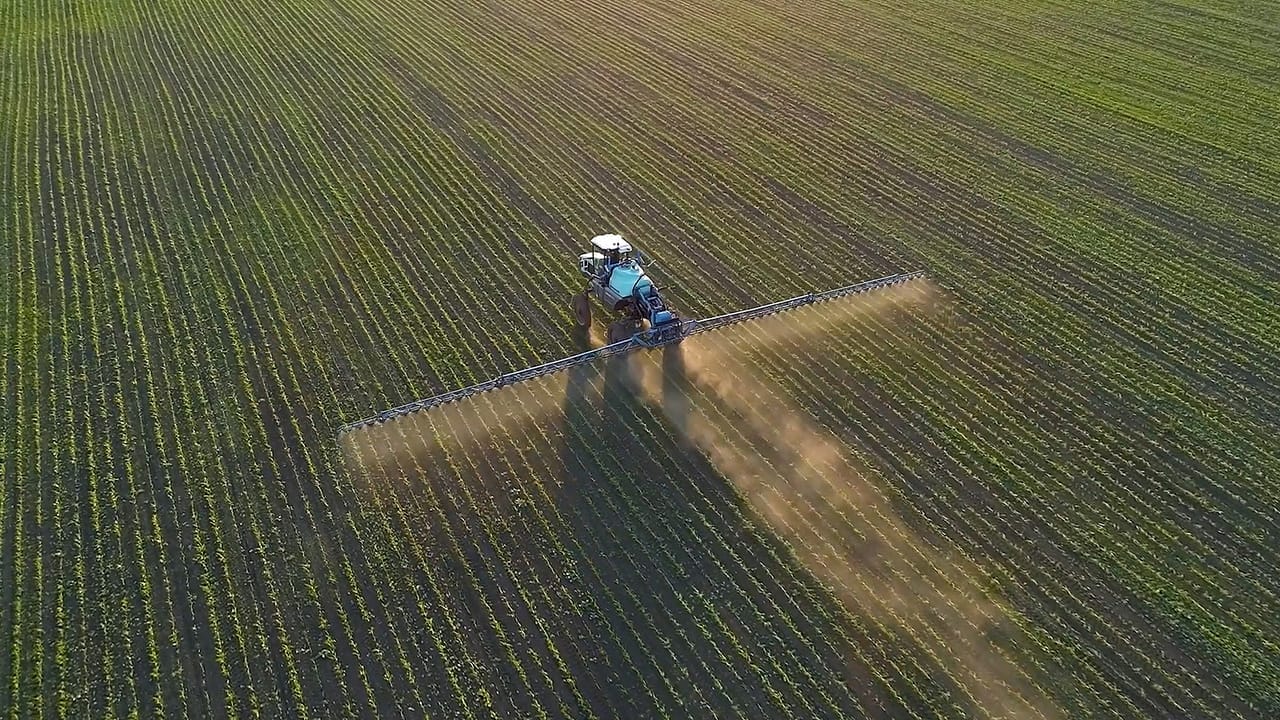Harnessing IIoT to deliver process efficiencies and reduce costs
Tom Kruczynski, Sector Manager - Industrial, Chemical & Energy
The Industrial Internet of Things (IIoT) offers ways to improve efficiency, productivity, and quality in manufacturing and industrial processes, as well as reduce operational costs. However, harnessing it at scale is not easy. Our Industrial, Chemicals and Energy Sector Manager, Tom Kruczynski, says a robust proof-of-concept is critical to leverage the promised benefits.
Strategic alignment of information and operational technologies is the cornerstone of a successful IIoT installation. A typical processing or production plant might involve the integration and upkeep of thousands of sensors, devices, and instruments. IIoT combined with edge computing offers great potential, but successfully adopting it at scale is no mean feat.
Proving the concept
As with any technology innovation, early prototype verification and testing mitigates risks and maximises the benefits. It’s a good idea to devise a lab-based proof-of-concept of an IIoT deployment before launching in a real environment. But this needs to be handled carefully to ensure it delivers valuable learnings that make a meaningful contribution to the project.
At Sagentia Innovation, we apply various capabilities – such as theoretical modelling, sensor engineering, algorithm development, cloud architecture, and data analytics – to demonstrate IIoT concepts. This enables us to test and de-risk large-scale installations for specific industrial applications.
The demonstration video (with subtitles: en français / auf Deutsch / 日本語で) involves a simple flow rig with low-cost camera modules configured as edge devices, measuring multiple flow and fluid properties. Like any industrial process, the pipework has clear sight glasses at specific points, where we have installed the camera modules to capture footage of the liquid flowing through.
We control the system remotely, with a virtual control panel, adjusting variables such as flow rate, introducing air to create bubbles, or adding coloured contaminants. The images are processed locally on edge devices to determine factors such as gas percentage or contaminant distribution. The analysis from the various camera modules is sent to the cloud and a central dashboard is updated in real-time as the liquid properties change; if requested, the camera images can also be uploaded to the cloud for human review.
Transforming process management
In manufacturing and industrial applications, edge devices might include sensors or other instruments that measure the properties of the process medium or the equipment around it. Besides connecting to the wider infrastructure and transmitting measurement data, they can perform some data processing in situ. This provides valuable real-time insights that empower operators and engineers, both remotely and on the ground. What’s more, edge devices’ functionality can be adapted via remote firmware updates, bringing greater ease and efficiency to ongoing system management.
Low-cost, multi-purpose edge devices are a principal enabling technology of IIoT. Traditionally, they provide connectivity between disparate networks, but they’re also capable of playing a more advanced role. As smart manufacturing gains momentum and industrial process automation becomes more mainstream, they’re an increasingly important part of IIoT ecosystems.
Over time, using smart edge devices in IIoT deployments can aid the adoption of advanced practices like prognostics and preventative maintenance. It’s a transformative way of working that allows greater production control, whether you’re managing a beverage production line or an oil refinery.
“Grand View Research suggests IIoT will expand at a compound annual growth rate of 22.8% between 2021 and 2028.”

The future of IIoT
While the potential benefits of IIoT are clear, the stakes are high. Many business leaders are hesitant about the transition to largescale deployment. Nevertheless, analysts are predicting aggressive growth in this space over the next five years. Grand View Research suggests IIoT will expand at a compound annual growth rate of 22.8% between 2021 and 2028.
In this context, failure to progress is a risk, especially if competitors embrace IIoT successfully first. Robust proof-of-concepts offer a prudent and pragmatic way to drive things forward. Getting it right requires a convergence of industrial process expertise and advanced digital capabilities to ensure operational and information technologies are well-aligned. Scientific understanding of the industrial process is also necessary, as well as knowledge of sensors or other measurement technologies used in edge devices.
Organisations that facilitate collaborative innovation drawing on wide-ranging expertise will be best placed to harness IIoT. They’ll create opportunities to overcome their most enduring or complex process challenges. Critically, the outcomes will generate improved process efficiency and quality, both of which achieve greater sustainability and profitability.
Find out more about how we support digital transformation for industrial, chemical and energy.

